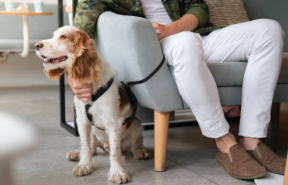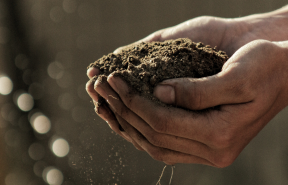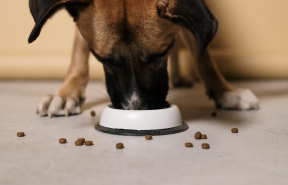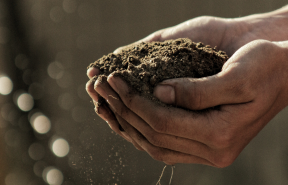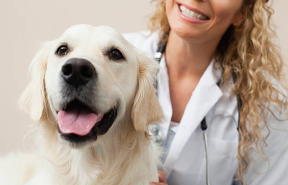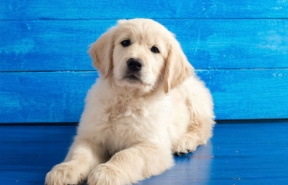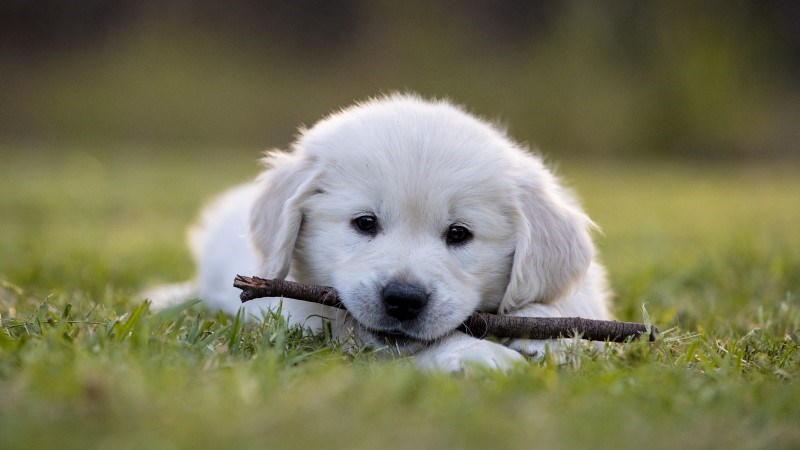Given that puppies learn through mouthing behaviours, it's normal for puppies and dogs to chew on objects. Many pet parents find that chewing behaviours start to increase in intensity when their puppy is around 4 to 6 months of age due to teething. Chewing helps a dog achieve a number of things, so let's take a look at how you can help manage chewing behaviours in your puppy.
Nom nom nom
Given that puppies learn through mouthing behaviours, it's normal for puppies and dogs to chew on objects. Many pet parents find that chewing behaviours start to increase in intensity when their puppy is around 4 to 6 months of age due to teething.
Chewing helps a dog achieve a number of things. For puppies, it’s a way to help relieve teething pain when the gums are sore and new teeth are erupting. For older dogs, chewing helps exercise the jaws to keep them strong, as well as promoting dental health by helping keep teeth clean.
Chewing also plays an important role in alleviating boredom and can help a puppy self-soothe which relieves mild anxiety or frustration.
Tensions can arise over what is being chewed - a chew toy is fine, your new shoes are not!
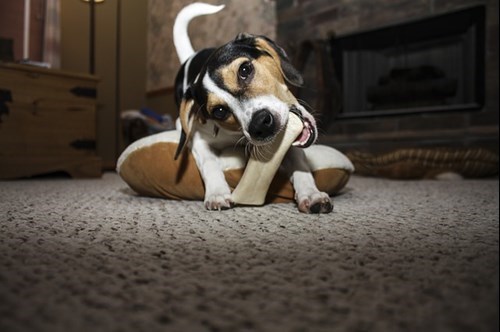
How can I stop my puppy from chewing everything?
Given the benefits that chewing provides to puppies, we don't want to inhibit the behaviour but we do need to teach a puppy what is okay to chew and what is not.
By offering a range of chew toys, and rotating them regularly to maintain their novelty factor and prevent boredom, you can show your puppy what is acceptable to chew. Provide a range of different toys with varying shapes, textures and flavours.
As part of puppy proofing your home, be sure to remove any items you value out of your puppy’s reach to prevent them being chewed. This also helps ensure your puppy's safety (think chewed electrical wires).
Ensure that the chew toys you offer your puppy are safe. Inspect them regularly for signs of wear and replace any damaged toys.
